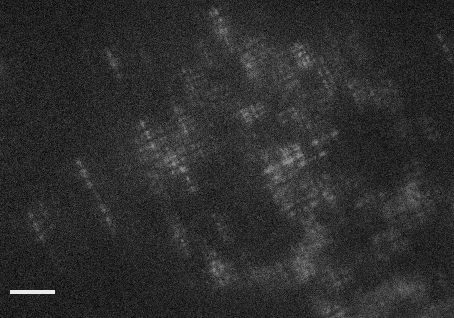DeepSTORM3D: dense three dimensional localization microscopy and point spread function design by deep learning
Localization microscopy is an imaging technique in which the positions of individual nanoscale point emitters (e.g. fluorescent molecules) are determined at high precision from their images. This is the key ingredient in single/multiple-particle-tracking and several super-resolution microscopy approaches. Localization in three-dimensions (3D) can be performed by modifying the image that a point-source creates on the camera, namely, the point-spread function (PSF). The PSF is engineered using additional optical elements to vary distinctively with the depth of the point-source. However, localizing multiple adjacent emitters in 3D poses a significant algorithmic challenge, due to the lateral overlap of their PSFs. Here, we train a neural network to receive an image containing densely overlapping PSFs of multiple emitters over a large axial range and output a list of their 3D positions. Furthermore, we then use the network to design the optimal PSF for the multi-emitter case. We demonstrate our approach numerically as well as experimentally by 3D STORM imaging of mitochondria, and volumetric imaging of dozens of fluorescently-labeled telomeres occupying a mammalian nucleus in a single snapshot.
PDF Abstract

